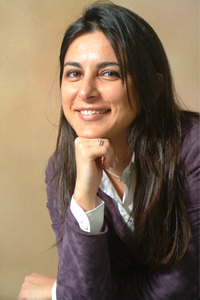From her vantage point in Milan, Paola Cillo at SDA Bocconi sees marketing as increasingly tied to innovation.
What do you think makes a strong marketing program?
Strong and leading-edge research is a necessary condition to make a program strong. Yet, it is also very relevant to integrate good and rigorous research with strong managerial practice. This is the reason why in our program, we work closely with companies and integrate case studies into our courses. I think the bridge between the scientific approach and more managerial action is critical to have a good MBA program, not just for marketing, but for other fields, as well.
I think in some MBA programs this might be missing, because many people that teach either come from companies or are completely focused on academic research. I think it is very important to have a faculty that is very active in research, but I wouldn’t say that a very strong faculty automatically means that your MBA is strong. They have to be able to share their knowledge with students. We have tried to reach a good balance between these two aspects.
How is marketing changing these days?
Marketing is changing in the sense that the word marketing is more and more associated with the word innovation. What we are trying to do in our courses is to explore how to take an innovative approach to marketing – a new way of communicating with consumers and collaborating with consumers.
And the other side is the technology, which is not just an enabler of this interaction, but also shapes the way that some marketing processes are applied. That means, generally speaking, all of the CRM (customer relations management). This is the way we are trying to grapple with this evolution of marketing. Our electives in marketing are very much focused on innovation, and we have courses focusing on how technologies can enhance marketing performance of companies, and how they – especially the Internet – can shape how companies interact with their customers.
Though, I have to say that the basic approach to marketing – how companies actually consider marketing – hasn’t changed that much. What is changing is actually the opportunities that they have to put this general approach into practice. What we try to use different cases and examples to show what it means to do marketing in today’s context.

